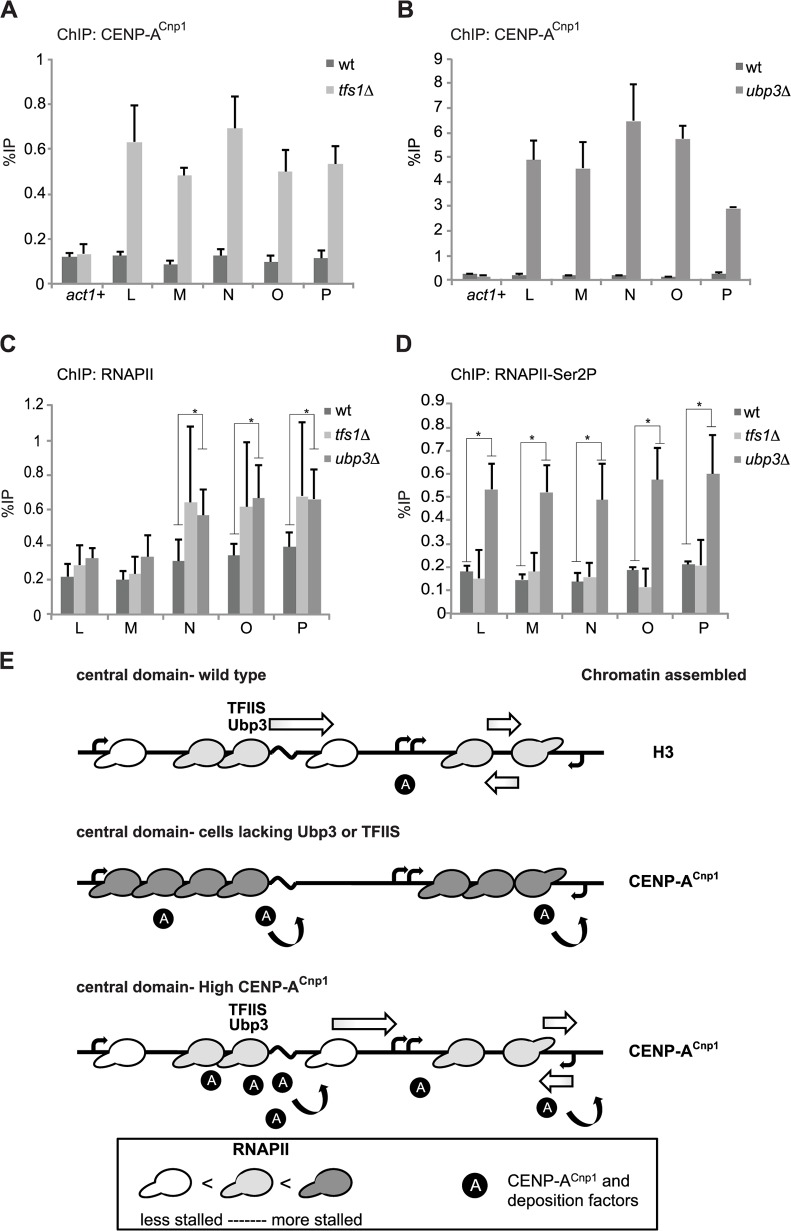Fig 8. Mutants that affect RNAPII elongation allow de novo establishment of CENP-ACnp1 chromatin.
(A) ChIP for CENP-ACnp1 on a pMcc2 plasmid transformed in wild-type (wt) or a strain deleted for TFIISTfs1 (tfs1Δ) (n = 3). (B) ChIP for CENP-ACnp1 on a pMcc2 plasmid transformed in wild-type (wt) or a strain deleted for Ubp3 (ubp3Δ) (n = 3). (C) ChIP for RNAPII on pMcc2 plasmid in wt, tfs1Δ and ubp3Δ. p<0.05 is indicated with an asterisk. (D) Enrichment of RNAPII phosphorylated at Ser2 of its CTD (RNAPII-Ser2P) at the pMcc2 plasmid in wt, tfs1Δ and ubp3Δ. p<0.05 is indicated with an asterisk (n = 3) (E) Model for establishment of CENP-ACnp1 on central domain DNA. Top panel: Central domain DNA contains numerous weak promoters on both strands, leading to collisions between RNAPII complexes and stalling (depicted on right side). In addition, regions that are difficult to transcribe (wavy black line) may cause frequent stalling of RNAPII. RNAPII is depicted as an elongated ellipse and depth of shading indicates degree of stalling. Stalling is transient as factors such as TFIIS and Ubp3 help clear stalling so that elongation of RNAPII can proceed. Shaded-white arrow represents restarting of transcription. Middle panel: Persistent stalling occurs in cells lacking Ubp3 or TFIIS and this RNAPII status attracts deposition factors leading to the incorporation of CENP-ACnp1 in central domain chromatin. Black circles labelled ‘A’ represent CENP-ACnp1 and deposition factors. Curved black arrows represent CENP-ACnp1 deposition. Bottom panel: Even transient RNAPII stalling is sufficient to recruit CENP-ACnp1 and deposition factors when CENP-ACnp1 is present at high levels.

